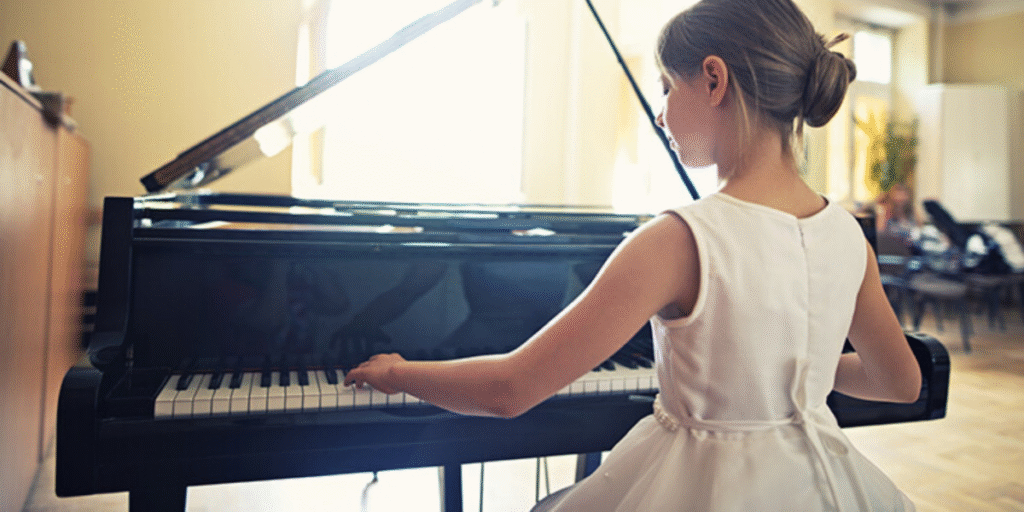Best Piano Lessons in Toronto: How to Choose the Right Teacher
Learning to play the piano is one of the most rewarding journeys you can take, whether you’re a complete beginner, returning after years away, or looking to refine your skills. The piano isn’t just an instrument; it’s a gateway to creativity, relaxation, and lifelong enjoyment of music. But when it comes to starting piano lessons in Toronto, the most important decision you’ll make is choosing the right teacher.

A good piano teacher does more than just explain notes and rhythms. They guide your progress, inspire you to keep going when practice feels tough, and adapt lessons to match your personality and goals. With so many options in a vibrant city like Toronto, it can feel overwhelming to know where to begin. Here’s a complete guide to help you choose the right piano teacher and get the most out of your learning experience.
Why the Right Teacher Matters
Every student is unique. Some thrive with structure and classical training, while others want to learn jazz, pop, or even songwriting. A great teacher will recognize your interests and help you reach your personal goals rather than sticking to a one-size-fits-all approach.
The right piano teacher can:
- Build your confidence as you progress.
- Teach proper technique to prevent bad habits.
- Keep lessons fun and engaging.
- Provide structure while leaving room for creativity.
On the other hand, the wrong match might leave you frustrated or unmotivated. That’s why it’s worth taking time to carefully consider your options.
What to Look for in a Piano Teacher
1. Experience and Training
While formal music education is important, what matters most is how well a teacher can explain concepts in a way that makes sense to you. Some of the best teachers combine years of performing experience with a natural ability to break down complex ideas into simple, clear steps.
2. Teaching Style
Do you prefer a structured approach with exams and levels, or do you want a more relaxed style focused on playing your favorite songs? Ask potential teachers about their methods so you can find one who matches your learning style.
3. Patience and Communication
Learning piano takes time, and you’ll make mistakes along the way. A teacher who encourages you and explains things with patience will make lessons far more enjoyable.
4. Flexibility
Life in Toronto can be busy. Find a teacher or school that offers flexible scheduling, online options, or makeup lessons when needed. This ensures you can stick to your learning even with a busy lifestyle.
5. Student Reviews and Success Stories
Look for feedback from current or former students. Positive reviews are a great sign that a teacher is supportive, effective, and creates a positive learning environment.
In-Person vs. Online Piano Lessons
These days, students can choose between traditional in-person lessons or convenient online piano lessons. Each has its benefits:
- In-Person Lessons: Great for beginners who need hands-on guidance and immediate feedback on posture and technique.
- Online Lessons: Perfect for busy students or those who prefer learning from home. Modern video platforms make it easy to connect with skilled teachers anywhere.
Some teachers and schools in Toronto offer both options, giving you the flexibility to switch between them as needed.
Questions to Ask Before You Commit
Before choosing a piano teacher, consider asking these questions:
- How long have you been teaching piano lessons?
- Do you specialize in beginners, advanced players, or both?
- What music styles do you teach?
- Can I try a trial lesson before committing long-term?
- Do you encourage performances, recitals, or exams?
These questions will give you a clear idea of whether a teacher is the right fit.
Setting Yourself Up for Success
Choosing the right teacher is just the first step. To make the most of your piano lessons, here are some extra tips:
- Set Clear Goals: Do you want to play for fun, prepare for exams, or eventually perform? Share your goals with your teacher.
- Practice Regularly: Even 15–20 minutes a day is better than one long session a week. Consistency builds skill.
- Stay Open-Minded: You might discover a love for new music styles you never expected.
- Enjoy the Journey: Progress might feel slow at times, but every step brings you closer to becoming a confident pianist.
Why Toronto Is a Great Place to Learn Piano
Toronto has a vibrant music scene, from classical performances at Roy Thomson Hall to jazz clubs and local music schools. Being surrounded by such a diverse range of music and talented teachers makes it one of the best cities to begin or continue your piano journey. Whether you’re a child just starting out or an adult finally pursuing a lifelong dream, you’ll find plenty of options here.
Conclusion
Finding the best piano lessons in Toronto isn’t just about choosing a teacher with impressive credentials. It’s about finding someone who inspires you, understands your learning style, and helps you achieve your goals at your own pace.
If you’re ready to take the first step, Elite Music Academy offers personalized piano lessons tailored to your needs whether you’re looking for classical training, jazz improvisation, or simply the joy of playing your favorite songs. With the right teacher by your side, your piano journey will be both rewarding and enjoyable.


